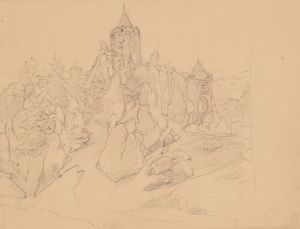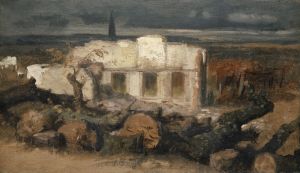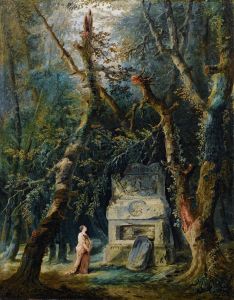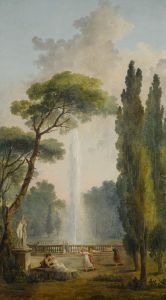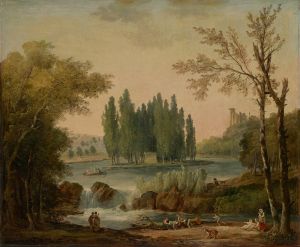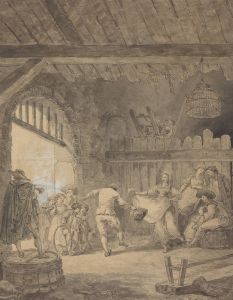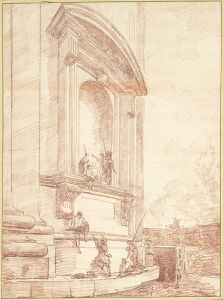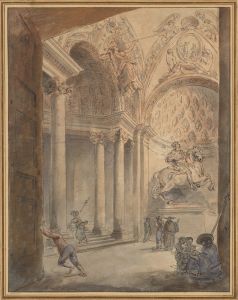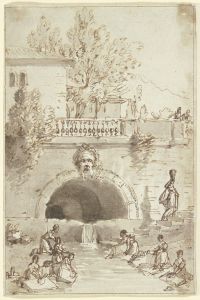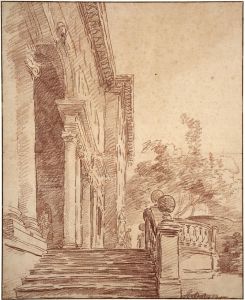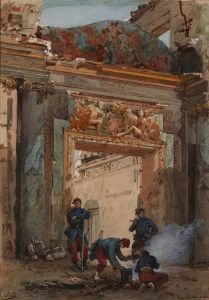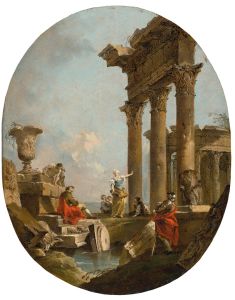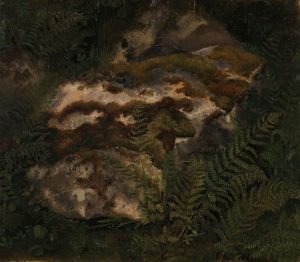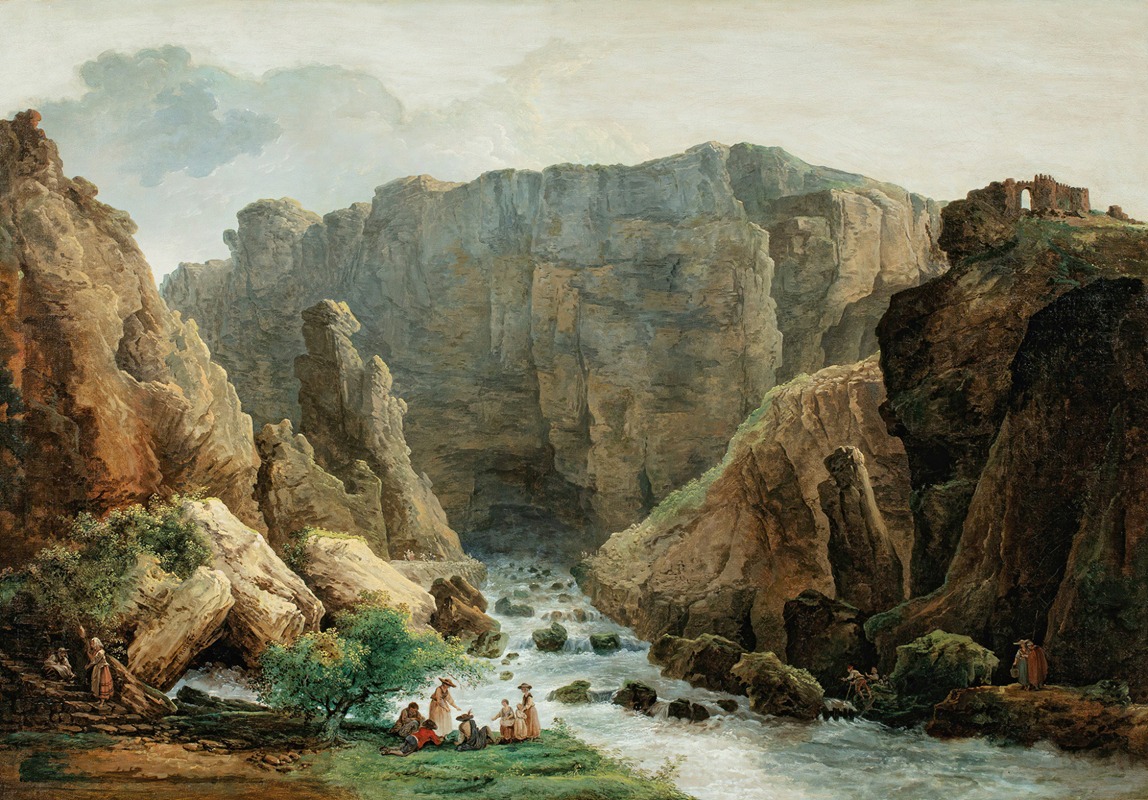
The Springs At Fontaine De Vaucluse
A hand-painted replica of Hubert Robert’s masterpiece The Springs At Fontaine De Vaucluse, meticulously crafted by professional artists to capture the true essence of the original. Each piece is created with museum-quality canvas and rare mineral pigments, carefully painted by experienced artists with delicate brushstrokes and rich, layered colors to perfectly recreate the texture of the original artwork. Unlike machine-printed reproductions, this hand-painted version brings the painting to life, infused with the artist’s emotions and skill in every stroke. Whether for personal collection or home decoration, it instantly elevates the artistic atmosphere of any space.
Hubert Robert, a prominent French painter of the 18th century, is renowned for his landscape paintings and capricci, which often blend real and imaginary elements. One of his notable works is "The Springs at Fontaine-de-Vaucluse," a painting that captures the essence of a famous natural site in France. Fontaine-de-Vaucluse is a commune in the southeastern part of France, known for its stunning spring, which is one of the most powerful in the world. The spring emerges from a cliff at the foot of the Vaucluse Mountains, creating a picturesque and dramatic landscape that has inspired artists and writers for centuries.
Hubert Robert was born in Paris in 1733 and spent a significant part of his early career in Italy, where he was deeply influenced by the ruins and landscapes of Rome and its surroundings. His time in Italy honed his skills in depicting architectural elements and natural scenery, which became a hallmark of his work. Upon returning to France, Robert became a member of the Royal Academy of Painting and Sculpture and gained a reputation for his ability to blend the real with the imagined in his paintings.
"The Springs at Fontaine-de-Vaucluse" exemplifies Robert's talent for capturing the beauty and majesty of natural landscapes. The painting likely depicts the spring in a romanticized manner, emphasizing the grandeur and mystery of the site. Robert's use of light and shadow, along with his attention to detail, brings the scene to life, inviting viewers to experience the serene yet powerful presence of the spring.
In his depiction, Robert may have included elements typical of his style, such as classical ruins or figures that add a narrative dimension to the landscape. This approach not only highlights the natural beauty of Fontaine-de-Vaucluse but also situates it within a broader historical and cultural context, reflecting the 18th-century fascination with antiquity and the sublime.
Robert's work was well-received during his lifetime, and he enjoyed the patronage of several influential figures, including members of the French aristocracy. His paintings were appreciated for their technical skill and imaginative compositions, which offered viewers a glimpse into both real and fantastical worlds. "The Springs at Fontaine-de-Vaucluse" would have appealed to contemporary audiences who were captivated by the romantic and picturesque qualities of nature.
Today, Hubert Robert is remembered as one of the leading landscape painters of his time, and his works continue to be celebrated for their artistic and historical significance. "The Springs at Fontaine-de-Vaucluse" remains an important example of his ability to capture the essence of a place while infusing it with his unique artistic vision. Through his paintings, Robert invites us to explore the beauty and mystery of the natural world, encouraging a deeper appreciation for the landscapes that have inspired artists and dreamers throughout history.





